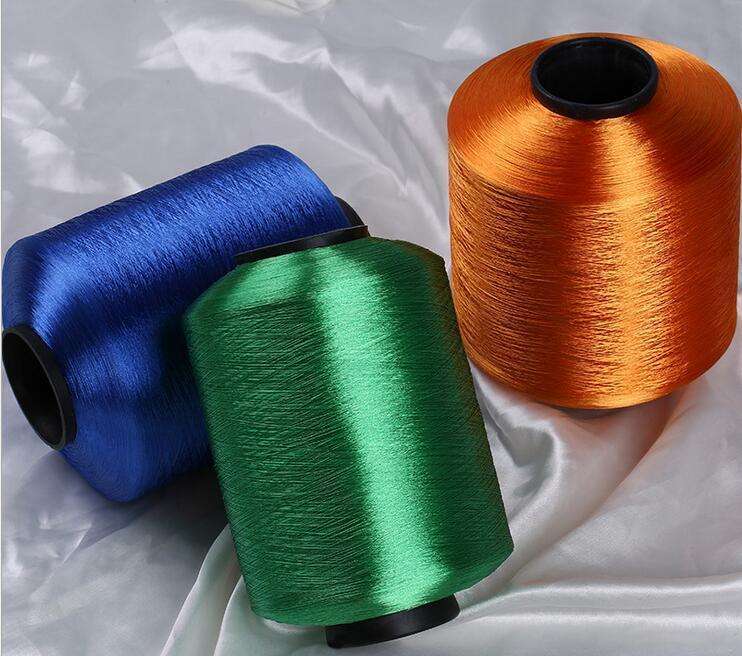What is the coloring of synthetic fiber raw materials? Is nylon yarn dyed with original solution?
Coloring of synthetic fiber raw material refers to a new process in which colored fibers are released by adding colorants before or during the spinning process of chemical fibers. Although colored fibers produced by coloring raw materials belong to the beginning products of the textile industry, in terms of processing technology, they still belong to the category of plastic coloring. With the continuous development of the chemical fiber spinning industry, the speed of spinning is getting faster and the fineness of spun fibers is getting finer. Various new processes emerge one after another, and the requirements for pigment dispersion are also increasing. There may be new requirements or problems that need to be solved urgently at any time.
In addition to color matching, the main function of color masterbatch is still to solve the problem of pigment dispersion. According to the skill requirements of different plastic products, the requirements for pigment dispersion in the products are also different. The chemical fiber industry has strict requirements for pigment dispersion. Through the entire process of various spinning processing techniques, analyze and explain the issues that need attention regarding the selection, dispersion, and processing of pigments (dyes).

There are two different process routes for coloring synthetic fibers. One is to disperse pigments and add them to the resin polymerization reaction stage for coloring (such as vinylon and viscose), which is called polymer coloring. The other is to disperse pigments in a polymer carrier that can be mixed with synthetic polymers to make color masterbatch, and then add them to the melt spinning process for coloring. This is the process for coloring polymer objects (polypropylene, polyester, and nylon).
Nylon color spinning is melt spinning, which refers to the process of heating and melting resin into a melt suitable for spinning viscosity, filtering it out through a spinneret plate, cooling it with air flow, and stretching it at high magnification to form silk. Adding color masterbatch during melt spinning has the advantages of simple processing, low energy consumption, and stable quality.
Article source: Nylon colored yarn
-
05-27
The reason why fabrics containing spandex are prone to yellowing
Spandex is a commonly used fiber variety in our daily lives, characterized by good elasticity, low fineness, high elastic modulus (cracking elongation can reach 400-800), and low specific gravity. Spa
-
04-24
Colored non dyed nylon with synthetic fiber raw material
The current conventional fiber coloring mostly uses yarn dyeing method, which has long process, high loss, high cost, and the product has color difference and low color wash fastness. Yarn is prone to
-
03-26
What are the characteristics of non dyed spandex?
Non dyed spandex has also been widely used in recent years. Non dyed spandex fiber can be blended with fibers such as nylon, polyester, acrylic, cotton, wool, etc., which can give fabrics excellent el
-
02-24
The influence of yarn structure on fabrics
The basic characteristics of yarn include its appearance and shape, twisting characteristics, fiber transfer and distribution characteristics in the yarn, as well as the surface fuzz and internal loos
